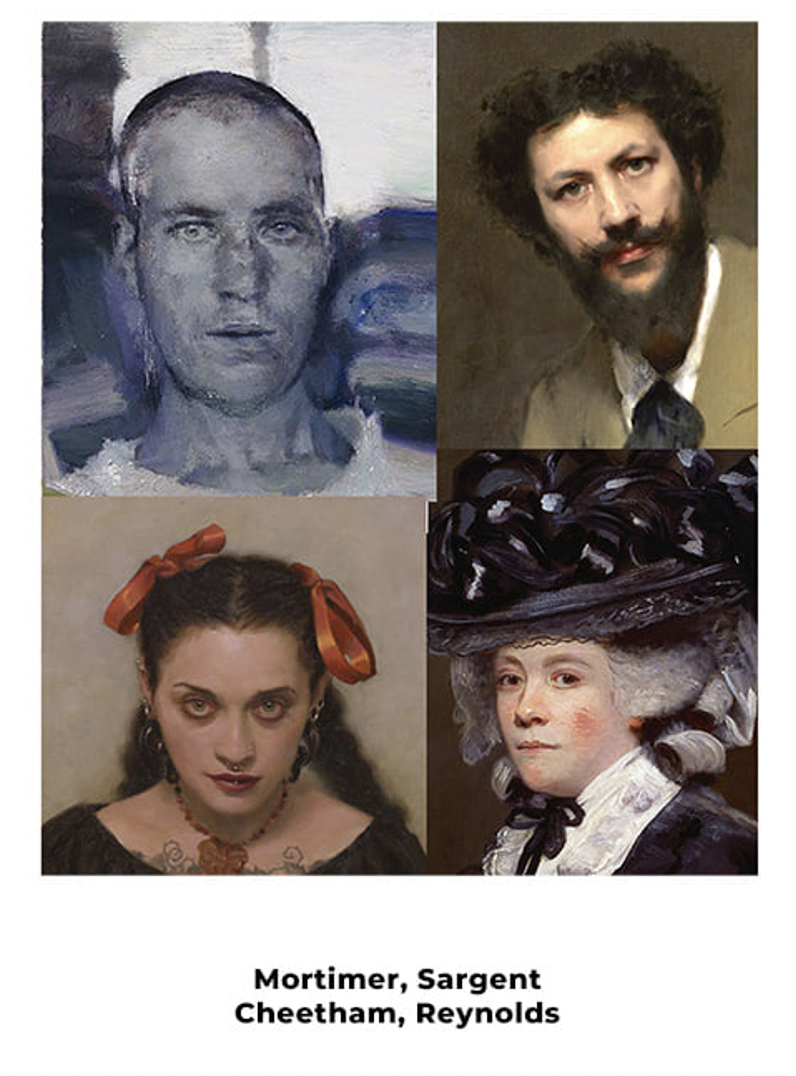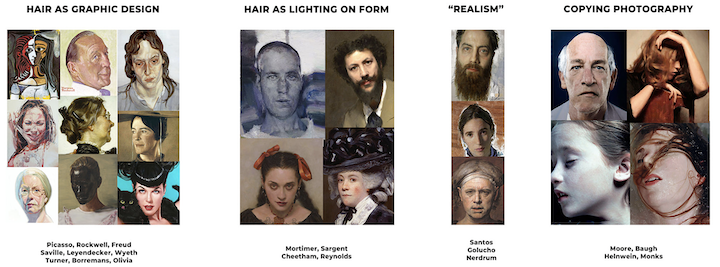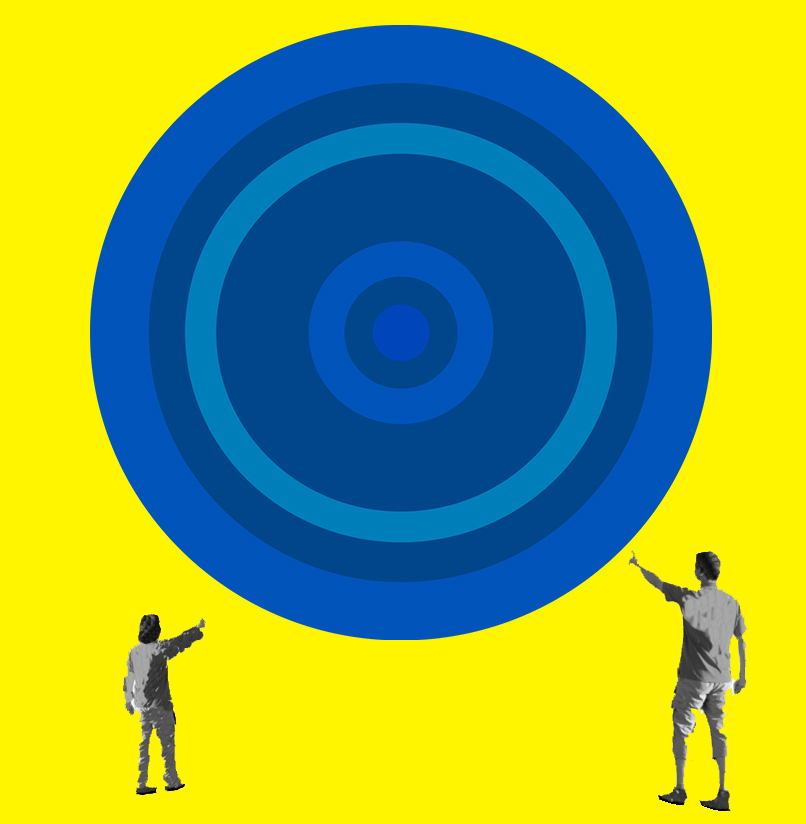Where does art get made? In the mind of the artist? Or in the experience of the viewer?
Cultural critics developing “reception theory” started asking those questions in the 1960s. It was part of a philosophical project to understand how humans make meaning from the objects they see. How do we process what we see in the world and make sense of it?
For example, an artist has a specific idea in mind to paint a red apple. If the artist paints the apple realistically the resulting painting is called “art.” The artist made art by converting an idea, a mental image, into a real object made of paint.
Next, a viewer comes into a gallery and sees that apple painting, and in the viewer’s brain, there is a jolt of mental recognition. The viewer’s brain goes: “Ah-ha! I see an apple. I understand what the artist is telling me. There is an apple. It is red.”
There are two important art moments:
One: An artist conceives of art in the artist’s brain.
Two: the viewer makes meaning of art in the receptive brain.
Reception theorists argue that the “art moment” is really when the viewer sees the work. That is when the art is activated and the viewer translates it to real, actual, lived experience.
Suppose you lock a painting in a vault where no one can see it. Is the painting still functioning as “art?” A book without a reader is pointless. A movie without a spectator is just flickering light. Without the active viewer response, no meaning is made and no art exists.
I know what you’re thinking:
“This reception theory is philosophical bullshit. Only the artist makes art. Duh.”
But another way to think is that “art” exists in the active process of physically making art. Art equals process. This is literally correct in art forms with a temporal basis, like ballet and other forms of dance. The skillful performance of music equals art. If the violinist stops playing, the art stops. There are some painters and sculptors that see their work as a performance and the physical results are a “recording.”
But consider again the rather bold idea of reception theorists:
What if the viewer is more important than the maker? That radical idea shifts power from the maker to the consumer. The shift makes a lot of sense in our consumer-driven commercial culture. Right now, you can be a wonderful traditionally skilled artist-maker, but if you don’t connect with a receptive commercial audience you’ll starve. Reception is important.
And does it really matter who makes the art?
<iframe id=”reddit-embed” src=”https://www.redditmedia.com/r/Damnthatsinteresting/comments/100r3mx/human_evolution_generated_by_ai/?ref_source=embed&ref=share&embed=true” sandbox=”allow-scripts allow-same-origin allow-popups” style=”border: none;” height=”621″ width=”640″ scrolling=”no”></iframe>
Is honoring the maker just a nod to ego and the celebrity of fame-culture enjoyed by name artists of high reputation? In that case, “art” has become about treating artists as name brands and there is a scant difference between the name-brand paintings of Odd Nerdrum and the name-brand shoes by NIKE. The shift makes art a commercial product with easy hooks for the audience to understand why they should buy “X.”
And now we come to the latest development, the issue of AI programs creating art. There are anxious questions about AI art: Is AI stealing from the true human makers? Who is actually making the AI art? Where does it come from? Is AI stealing source images? Or is the real maker the coder who created the architecture and designed the AI software? With AI art, it’s hard to pinpoint who and what made the art, and where it came from. AI art seems to form magically, pulled from the void by typing an incantation of a few words online. We are given a new power, but we are not given an understanding of how the hidden AI magic works. This is scary.
A reception theorist would say AI art is 100% legitimate art because it only requires a viewer to see it and understand it as art. That’s it. The art reaction is made in the mind of a viewer and it doesn’t matter if the art is made by a person, or by AI software.
Pigs, dogs, and dolphins have been taught to hold a brush and paint what they see. Some viewers see the work as art. Is this real art? Reception theory would say: yes it is art — if you see it that way.
The upsetting thing about AI art is that it challenges human ego, vanity, and hubris. We got pretty smug when we were competing with dogs at painting. Humans are obviously better, more dexterous painters than any elephant. We humans can feel good about our superiority over the animal world. But AI is a lot more skillful and learns faster than an elephant, which is scary. AI looks like it could be much better at providing art to viewers than the slow, lazy old human artists. AI removes our special status as the only animals with divine inspiration to make magically good art. And that hurts.
















 “Baker-Miller Pink is the only color scientifically proven to calm you AND suppress your appetite. I was like, “I NEED this color in my house!” I then found someone to paint the room and now I’m loving it!”. Want to walk a mile in Kendall’s puffy slippers?
“Baker-Miller Pink is the only color scientifically proven to calm you AND suppress your appetite. I was like, “I NEED this color in my house!” I then found someone to paint the room and now I’m loving it!”. Want to walk a mile in Kendall’s puffy slippers? 